(Photo: Dave Guttridge viaWikimedia Commons,CC BY-SA 4.0)
Women remainunder-representedin most STEM fields.
Black and Hispanic STEM college graduates remain disproportionally low, as does representation in fields such as engineering.
Starting in 2017 withDr.
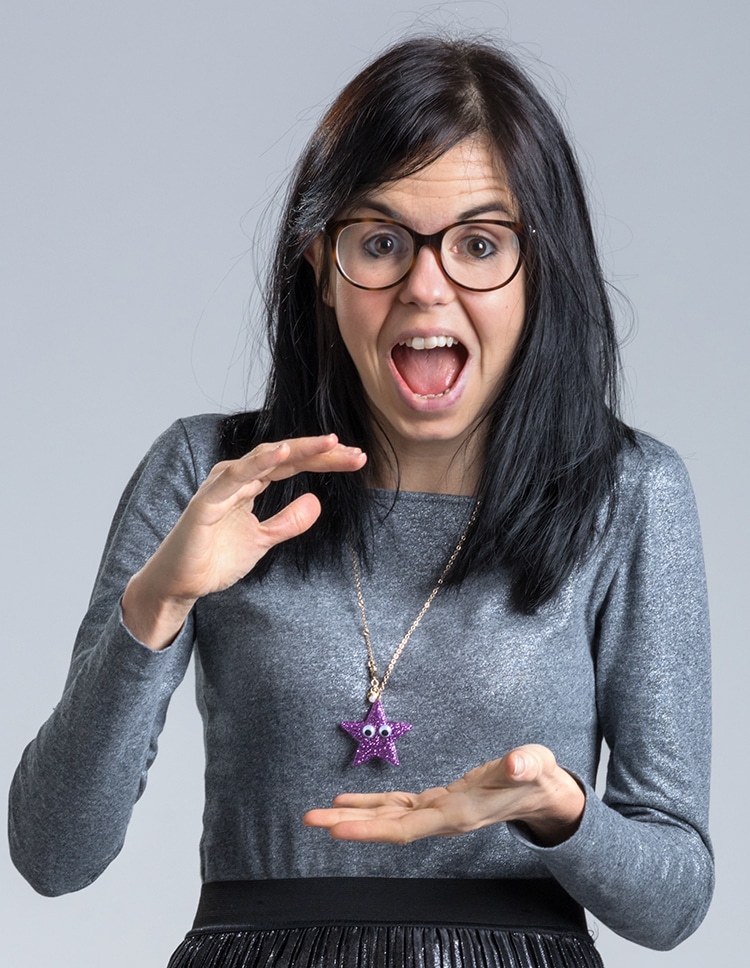
British Physicist Jessica Wade, who works at the Blackett Laboratory at Imperial College London, has created over 1,600 Wikipedia pages for women in STEM and scientists of color. (Photo: Dave Guttridge viaWikimedia Commons,CC BY-SA 4.0)
Since 2017, Dr. Wade has created over 1,600 pages.
These include highlights onDr.
Many of the women and scientists of the global majority have been working in their fields for decades.
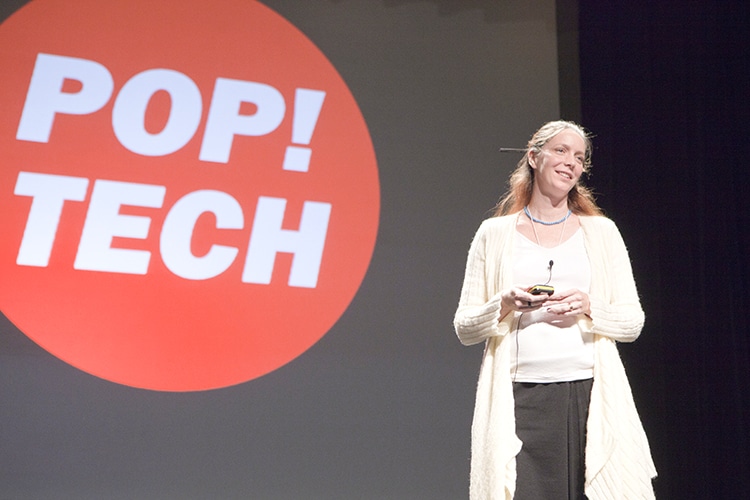
Dr. Kim Cobb, speaking in 2010, is currently a professor at Brown University. (Photo:Wikimedia Common,CC BY-SA 2.0)
They have contributed to devices and developments which shape our modern lives.
In addition to her research, Dr. Wade has dedicated her career to advancing women in STEM.
Adding Wikipedia pages is a critical step towards righting past wrongs, namely the overlooked work of female scientists.
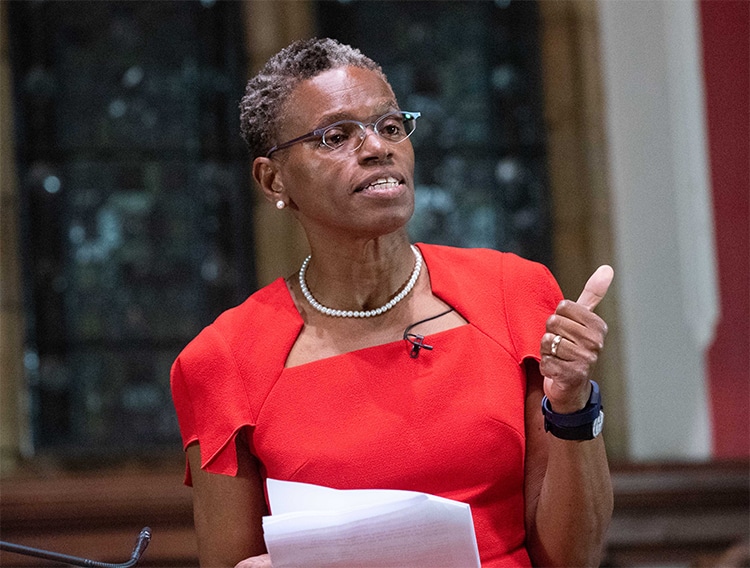
Dr. Ijeoma Uchegbu speaking at Oxford, 2018. (Photo:Wikimedia Commons,CC BY-SA 4.0)
Every morning, I go on Twitter and Ill look.
When she discovers a candidate, she checks their accolades against the notability criteria on Wikipedia.
If they reach the level for page creation, she researches their career to craft a biography.
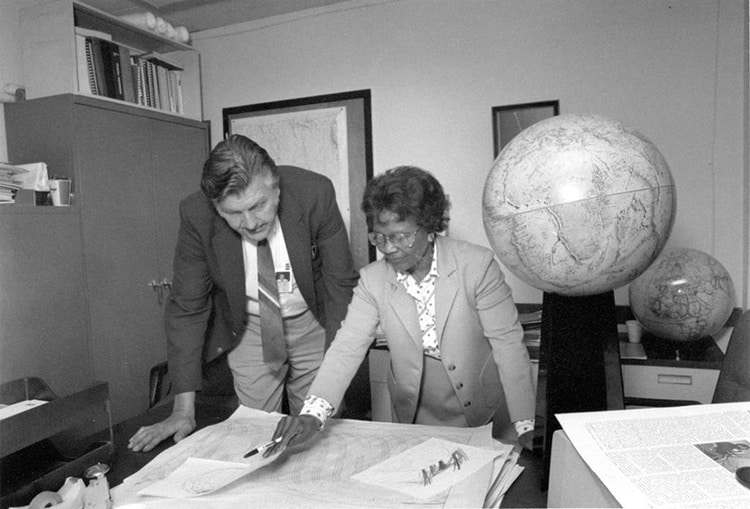
Gladys West and Sam Smith working on data from the Global Positioning System, which Gladys helped develop in 1985. (Photo:Wikimedia Commons, Public domain)
For many women, this may mean tracking down work published under maiden names.
Dr. Wade is also working to use edit-a-thons, focused on revising existing pages, to advantage.
Dr. Kim Cobb, speaking in 2010, is currently a professor at Brown University.
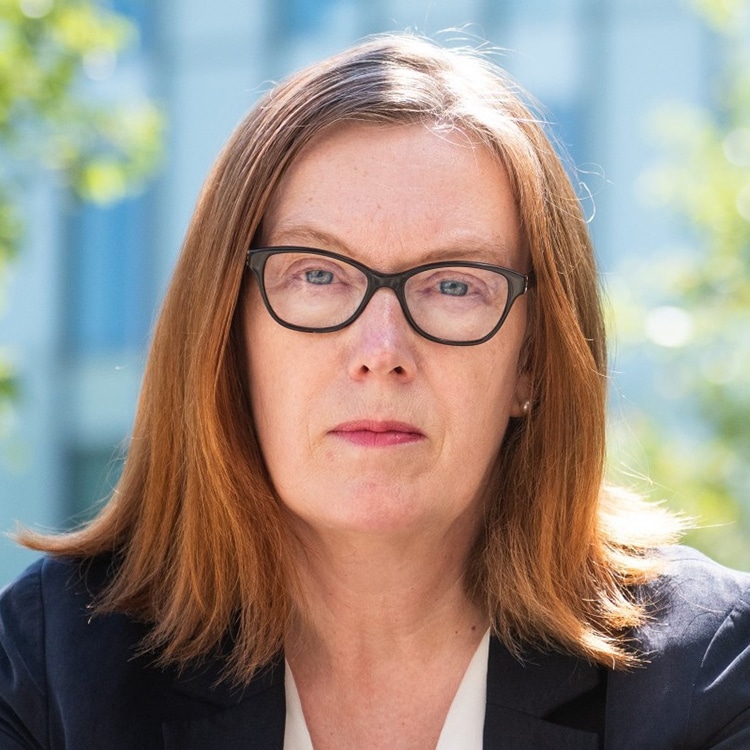
Dame Dr. Sarah Gilbert, one of the key developers in the Oxford–AstraZeneca COVID-19 vaccine. (Photo:Wikimedia Commons, Public domain)
Dr. Ijeoma Uchegbu speaking at Oxford, 2018.